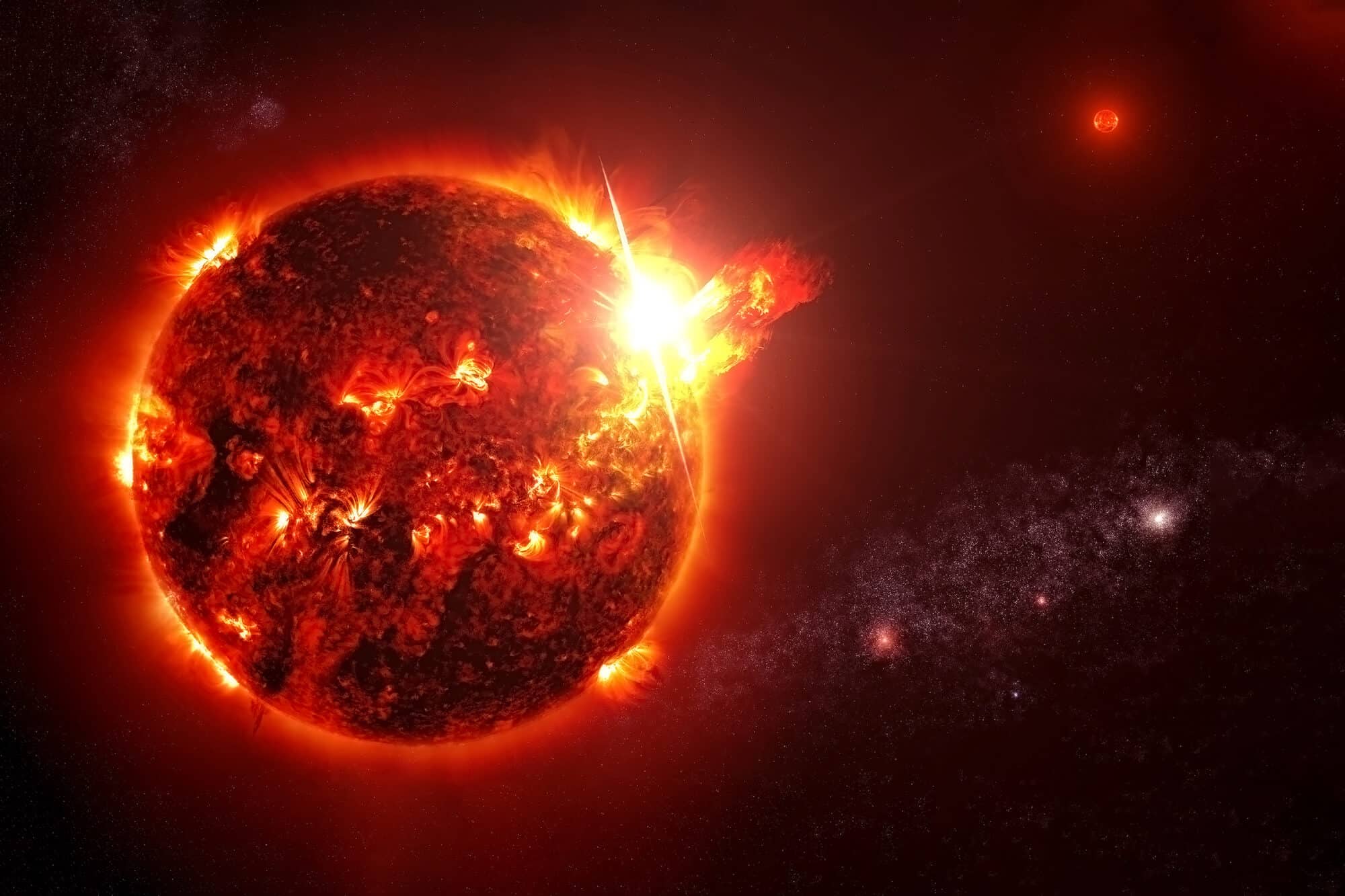A study by researchers from Ariel University published in the Astrophysical Journal used deep learning to analyze the radiation data from communication satellites that NASA has been collecting since the 96s and succeeded with the help of machine learning in predicting solar storms up to XNUMX hours before they began to affect Earth * The research was done with the support of an agency Israeli space

Researchers from Ariel University have found a way to predict powerful bursts of radiation, known as solar storms, up to 96 hours before they occur. Harmful radiation from these eruptions can have a significant impact on our lives, since when these storms are strong enough, they can produce disturbances in different layers of the atmosphere where communications and GPS signals pass, thus disrupting the activity of satellites and navigation systems, as well as causing disruptions in communications and national power grids. The path to prediction was made through the integration of deep learning methods that rely on past events, a sub-topic in the field of artificial intelligence, in combination with X-ray measurements carried out from *GOES satellites belonging to the US National Oceanic and Atmospheric Administration (NOAA) to predict the most powerful solar storms.
Space weather is a new field of research that deals with the various interactions and effects of the sun and other cosmic sources in the different layers surrounding the earth (in the magnetosphere, ionosphere and thermosphere of the earth). Phenomena such as solar storms and X-ray bursts originating from the sun's activity can cause damage to the national power grids, interfere with satellite communications and harm the health of astronauts, when the intensity of the bursts exceeds a certain value threshold. Damages from these phenomena can reach millions of dollars and many months of restoration work. Accurate forecasting of space weather events in time and space, such as solar storms, still remains an important research challenge in the NASA sciences, which can be deciphered using artificial intelligence methodologies, which can provide important information about real-time decision-making regarding important infrastructures and sensitive systems.
Big data and deep learning
Along with the progress in big data technologies based on cloud storage and the development of hardware in recent years in the graphic processing units (GPUs), the fields of machine learning (Machine Learning) and deep learning (Deep Learning) have become the approach that helps scientific disciplines that deal with the accumulation of data on varying scales both in space and in time using remote sensing technologies from the ground and space in order to combine them with different artificial intelligence (AI) methods. Machine learning-based applications are capable of diagnosing patterns, correlations and mathematical dependencies in the measured data, as well as uncovering huge hidden data sets in order to discover characteristics that best describe the objective function.
The researchers found that deep learning methods can be used in conjunction with X-ray measurements from the GOES satellites to produce predictions of powerful solar storms (type X and M) up to 96 hours before they occur.
Based on the past analysis of the effect of solar storms on the X-ray intensities values measured in space during the last 20 years, the researchers were able to design a two-layer evolving neural network (Convolutional Neural Network) which produces forecasts for M and X class solar storm events in moving time frames Between one hour and up to 96 hours (according to the X-ray time series data from the GOES platform (Geostationary Operational Environmental Satellite :GOES) collected from 1998, and representing the last two solar cycles). The proposed model achieved high results across various indices compared to previous studies from the recent past.
The research was conducted under the leadership of Dr. Yuval Reuvani Researcher and lecturer from the physics department at Ariel University and senior researcher at Mizrah R&D, And the doctoral student Wald Landa from the Department of Computer Science at Ariel University. and with the support of the Israel Space Agency and the Ministry of Science and Technology.
More of the topic in Hayadan:
- Israeli researchers manage to predict solar storms days in advance thanks to artificial intelligence (Previous scientific article by the same team)
- "Prediction of solar storms and their impact on Earth is improving: a two-day warning instead of an hour, but there is still room for improvement in the models"
- Solar flares - from here to eternity
- A new study analyzes the connection between volcanic eruptions and climate changes
